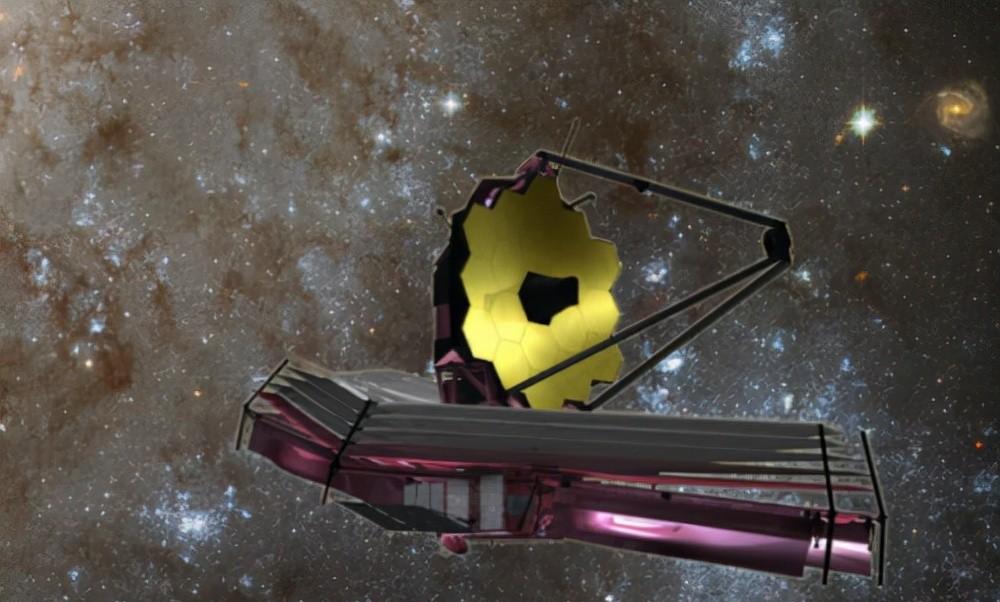Recently, Hubble's successor, Webb, has been launched and is currently heading to the second Lagrange of the Solar-Earth, meaning hubble will no longer be the most advanced space telescope in the future.

But we can't deny that since the launch of Hubble in 1990, the contributions made to human exploration of the universe have been immeasurable, such as the Hubble ultra-deep field and hubble extreme deep field that have been photographed, which have completely changed our understanding of the universe. I know that there are so many galaxies in the universe.
Scientists conservatively speculate based on the number of galaxies distributed by Hubble's extremely deep field that the number of galaxies in the entire observable universe is currently at least 200 billion, and up to trillions! The number of stars has reached 100 million billion. It also makes humanity realize that our sun is just an insignificant star in the stellar desert!
Today we know that the solar system is a tiny member of the Milky Way, and gravity binds all the stars in the solar system together, rotating around the center of the Milky Way for 220 kilometers per second, and hundreds of billions of stars orbiting the center of the milky way!
So many people may wonder, every star orbits the center of the galaxy at high speed, why don't the stars collide with each other at such a fast speed?
When you look up at the stars on a clear night, some of the stars don't seem to be too far apart, but in fact they are far more distant than we thought
Taking the Sun as an example, we all know that the closest star to the Sun is Proxima Centauri, and although he calls it the closest star, it is 4.22 light-years away from us.
If you travel to Proxima Centauri on the fastest Parker solar probe for mankind, it will take 6,300 years, even if you fly at a speed of 300,000 kilometers per second, it will take 4.22 years!
It's not hard to imagine that stars, though massive, are still too small at cosmic light-year scales. Overall, the universe is actually very empty, and the density of the distribution of galactic matter is relatively low.
Our Milky Way is about 160,000 light-years long and 12,000 light-years thick, and there are more than 200 billion stars in this range, on average, less than one star in space per cubic light-year! This equates to the probability of 2 coins colliding thousands of kilometers apart!
Of course, there are also periods in the universe when the density of matter is high. For example, when the galaxy has not yet formed after the Big Bang, everything is still in a relatively chaotic stage, and the stars do not have their own smooth orbits, and the collision of stars occurs from time to time. But now the general distribution of matter in the universe has taken shape.
Over the course of billions of years of long evolution, countless stars have collided and drifted, forming the current gravitational equilibrium. Each star in the galaxy is moving smoothly in its own orbit, so that the stars do not collide
And according to current astronomers' observations, in about 4 billion years, our Milky Way will collide with the neighboring constellation Andromeda . All stars will fuse together, but even then, the probability of a collision is extremely low. At most, only stars in the core region can collide! And then interspersed with each other to merge into a new, larger galaxy
As for our solar system, we're going to get through it, and if there's any human being, we'll even be able to witness this epic collision in the sky